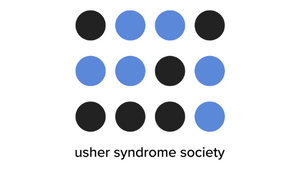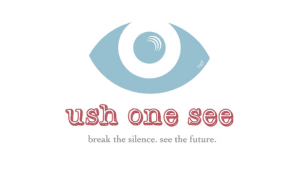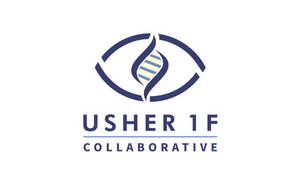A natural history study is an observational clinical trial that tracks the progression of natural or untreated disease in patients over time. Common study goals include collecting data on disease patterns, noting changes in clinical parameters, and looking for genotype-phenotype correlations.
Italy’s Center for Rare Ocular Diseases at the University of Campania designed and conducted a longitudinal natural history study of European patients with confirmed Usher syndrome diagnosis and biallelic MYO7A variants. The study cohort of 53 patients was one of the largest to date, with participants ranging from ages 8 to 72. Data were collected at three time points, with the first establishing a baseline and two annual follow-up appointments.
Study data confirmed early disease onset with slow disease progression. The combination of two ophthalmic evaluations, best-corrected visual acuity (BCVA) and fundus autofluorescence (FAF) patterns, gave the best insights into disease state and progression and could be helpful in patient recruitment for future gene therapy studies and/or clinical trials.
What this means for Usher syndrome: This natural history study confirmed prior findings from older studies and identified two types of ophthalmic evaluations that may have clinical relevance. These insights help researchers and clinicians better understand disease progression and how to select patient profiles for future studies or trials for the most effective results.







